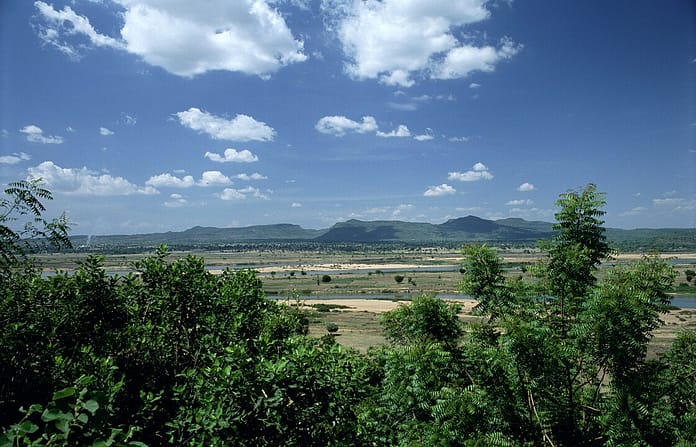By Muhammad Khalifa

Sudan is currently experiencing a crisis unlike any other. Sudan’s agricultural sector, once the lifeline for millions, has been severely damaged by the ongoing conflict. Farmers have been forced to abandon their lands, and food supplies have been cut off. Then came the floods, which wiped out what little was left. Key infrastructure, such as the Arbaat Dam—the main source of freshwater for Port Sudan—has collapsed, leaving entire settlements underwater and many people without access to clean drinking water. The physical destruction caused by conflict and floods is clear for all to see, but it is the hidden danger of misinformation that is intensifying the crisis. During a moment when precise information can save lives, rumors and misleading narratives are exacerbating the situation.
Misinformation: The silent killer
While conflict and floods are visible, misinformation quietly seeps into the fabric of society, worsening the crisis. False claims downplaying the severity of floods, famine and crop failure are spreading, causing people to believe that the situation is not as dire as it truly is. For political reasons, some groups and individuals deliberately minimize the scale of the food crisis, fueling complacency. People are delaying seeking help or taking preventive measures because they have been led to believe that the worst has passed or that the situation is under control.
This dangerous narrative is costing lives. Misinformation not only misleads the public but also undermines relief efforts, as communities fail to realize the true urgency of the crisis. By the time people act, it is often too late, deepening their suffering and making it even harder to provide timely help. In a country facing a wide-spread famine, water shortages, water-borne water diseases, and the collapse of its infrastructure, false information is an invisible force contributing to the rising death toll.
Misinformation about water risks and crop failures
The spread of misinformation has had a particular impact on Sudan’s water and food security. Inaccurate reports downplaying water risks—such as the dangers posed by failing infrastructure like dams or the contamination of water sources due to floods washing out artisanal mining sites—have left communities unprepared for disasters. Similarly, false narratives that suggest crop failures and a cholera outbreak are exaggerated have delayed critical responses, as people are slow to take protective measures or seek aid. This misinformation exacerbates food shortages and medical support and prolongs the suffering of the most vulnerable populations.
Using satellites to counter false narratives
One of the most effective tools in the fight against misinformation is data, especially those collected by remote sensing. Satellites offer a transparent way to monitor the situation in real time. By capturing detailed imagery of flood-damaged areas, water levels, and crop conditions, satellites provide verifiable data that cannot be easily dismissed or distorted for political gain.
For example, satellite images captured the collapse of the Arbaat Dam, providing clear evidence of the infrastructure failure and its consequences for local water supplies. Satellite-based data on actual evapotranspiration captured the reduction of rates in the irrigated schemes, indicating less water supply to these regions. These kinds of objective data can cut through the noise of misinformation, giving humanitarian organizations and decision-makers the evidence they need to plan their responses accurately.
By making satellite-based findings and insights public, research organizations and relief agencies can present an unfiltered view of the reality on the ground. This transparency not only combats misinformation but also builds trust in the data, empowering communities and authorities to take action based on facts rather than rumors. In a crisis where time is of the essence, accurate information can be the difference between life and death.
The path forward
To navigate through this crisis, Sudan needs clear, accurate information at every level. Humanitarian organizations, research institutions and local leaders must work together to combat false narratives with the truth. Satellite data and other forms of evidence-based technology play a critical role in providing reliable insights into the true extent of the damage and the needs on the ground.
In times like these, misinformation is more than an inconvenience—it is a threat to survival. Fighting falsehoods, restoring trust, and using transparent, data-driven solutions are the first steps in Sudan’s recovery. Only by confronting the crisis with facts, not fiction, can the country begin to move forward and rebuild.









